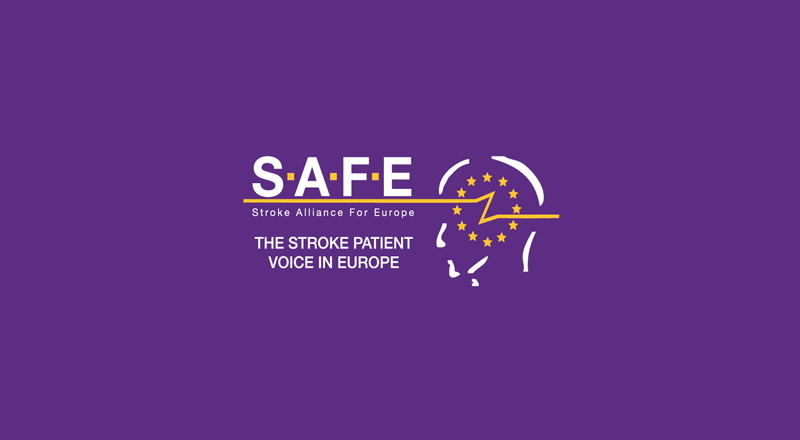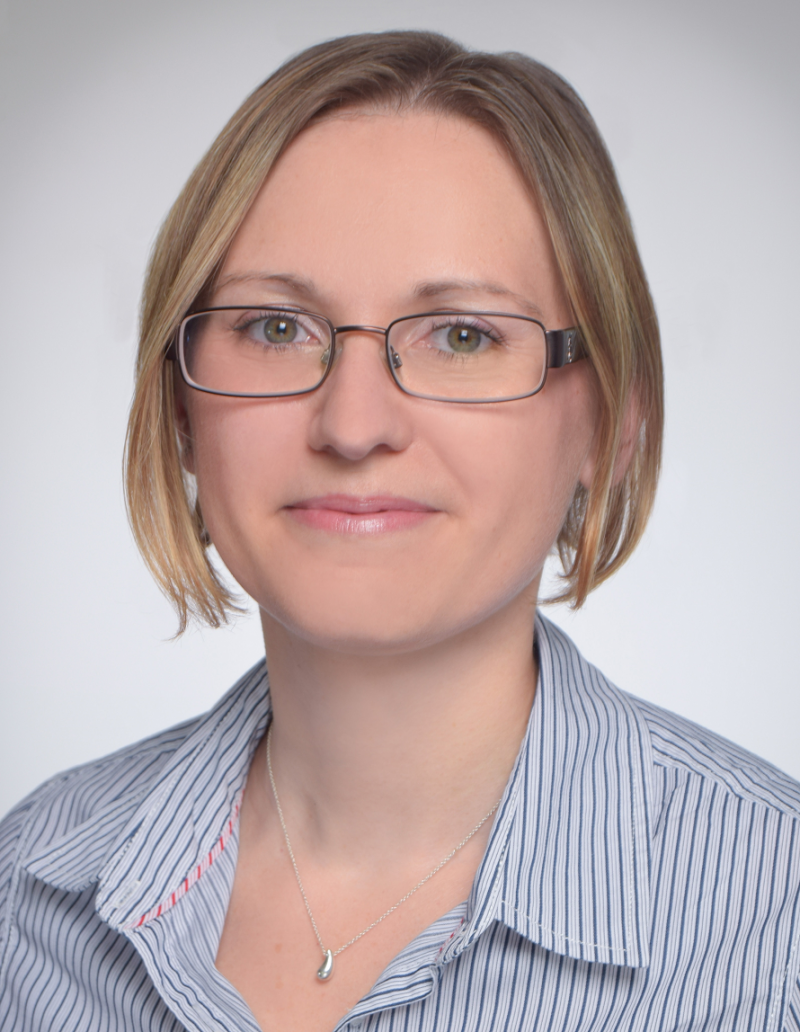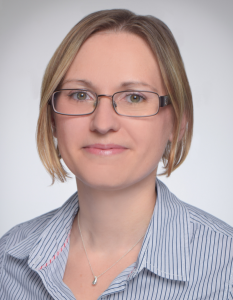
Mar 13, 2018
Published first on ScienceDaily
New research published in the journal Nature for the first time reveals the atomic structure of a key molecular component of the nervous system.
Scientists at OHSU used advanced imaging techniques to ascertain the resting state of an acid-sensing ion channel. “They are really important ion channels that are spread throughout the body,” said senior author Eric Gouaux, Ph.D., senior scientist with the OHSU Vollum Institute and an investigator with the Howard Hughes Medical Institute. “People have pursued them as targets for stroke therapies, and they clearly have important roles in pain transduction.” (more…)

Mar 13, 2018
Published first on ScienceDaily
Notoriously remembered as a major pharmaceutical scandal approximately 60 years ago, thalidomide caused severe birth defects since many pregnant women took the drug as a remedy for their morning sickness. In recent years, however, thalidomide and its derivatives have been widely used to treat hematologic malignancies such as multiple myeloma.
Further, evidence suggests that it also has a neuroprotective effect, reducing both oxidative stress and inflammatory response, but the exact molecular mechanisms of thalidomide on the brain were unknown.
To investigate, scientists at Waseda University and Tokyo University of Pharmacy and Life Sciences studied thalidomide’s target protein, cereblon (CRBN), and its binding protein, AMP-activated protein kinase (AMPK), which plays an important role in maintaining intracellular energy homeostasis in the brain. Through their study, they revealed that thalidomide inhibits the activity of AMPK via CRBN under oxidative stress and suppresses nerve cell death. (more…)

Mar 13, 2018
The webinar will kick-off the State of the Art on how Stroke treatment can be improved by focusing on the organization of the Systems of Care and in the In-Hospital Organization. (more…)

Mar 9, 2018

Burden of Stroke Report, 2017
The Stroke Alliance for Europe, as the largest pan-European organisation of stroke patient support organisations and the European Stroke Organisation, the largest European organisation of stroke professionals have increasingly been working together and are committed to sharing expertise and best practice to ensure the best outcomes for stroke patients.
Together we are currently developing the revised Stroke Action Plan for Europe which will be launched in May 2018. SAFE will follow this with the results of our next key piece of commissioned research, the Economic Impact of Stroke in Europe.
The primary goal of this study by a health economics team from the University of Oxford is to increase the priority given to stroke and to reinforce and underpin the influencing of European and country-level policy work already underway as a result of the Burden of Stroke Report. (more…)

Mar 5, 2018

Anna Kopczak, MD, study physician & neurologist in SVDs@Target project
Stroke and dementia rank among the most pressing health issues in Europe. Cerebral small vessel diseases (SVDs) have emerged as a central link between these two major co-morbidities. SVDs account for more than 30% of strokes and at least 40% of dementia cases.
They encounter multiple distinct diseases that can be separated based on their underlying genetic defects, risk factors, and clinical presentations. Despite this profound impact on human health, there are no treatments with proven efficacy against SVDs.
SAFE was glad to have a talk with Anna Kopczak, MD, study physician & neurologist from the Institute for Stroke and Dementia Research (ISD) at Klinikum der Universität München, Munich, Germany. (more…)








